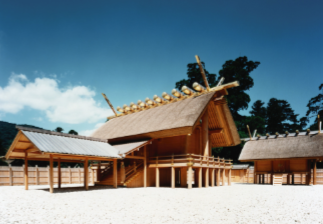Chapter 13-15
1/36
There's no tags or description
Looks like no tags are added yet.
Name | Mastery | Learn | Test | Matching | Spaced |
|---|
No study sessions yet.
37 Terms
Cathedra
From Latin for “chair,” the bishop’s cermonial throne, typically placed in the apse behind the altar
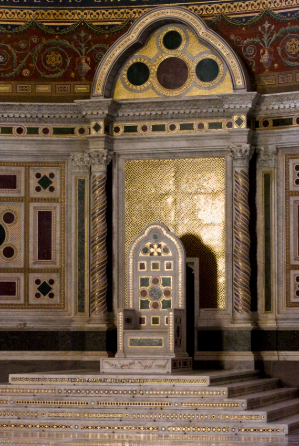
Cathedral
A principal church within a diocese, distinguished by a housing the cathedra
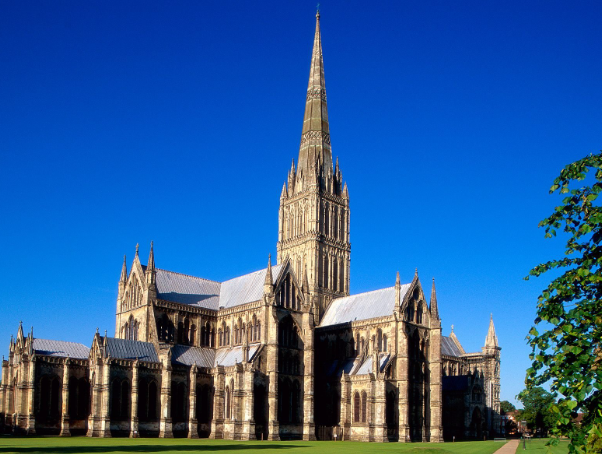
Tracery
Refer to the ornamental stonework that supports and divides the glass in Gothic windows
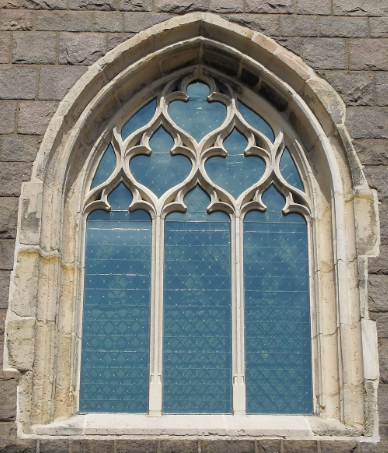
Early French Gothic:
Original Nave, Notre Dame de Paris, Paris, France 1150

High French Gothic:
Rebuilt Nave + West Façade, Notre Dame de Paris, Paris, France, 1200-1250
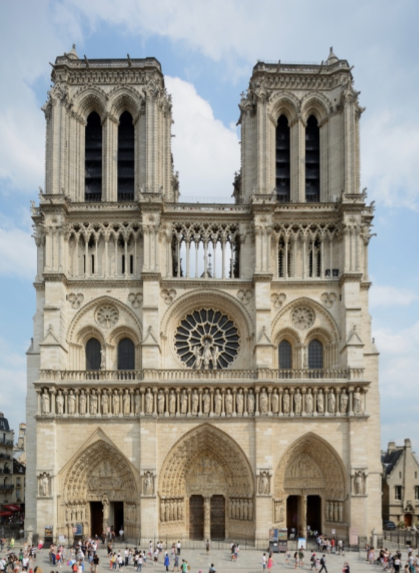
High French Gothic:
Notre Dame de Chartres, Chartres, France, 1150-1260

High French Gothic:
West Portal Notre Dame de Chartres, Chartres, France, 1150
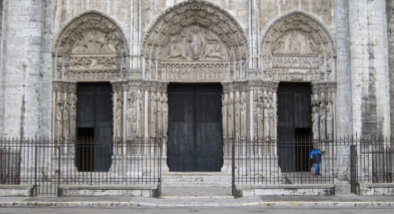
High French Gothic:
South Porch Notre Dame de Chartres, Chartres, France, 1260

High French Gothic:
Notre Dame de Amiens, Amiens, France, 1230
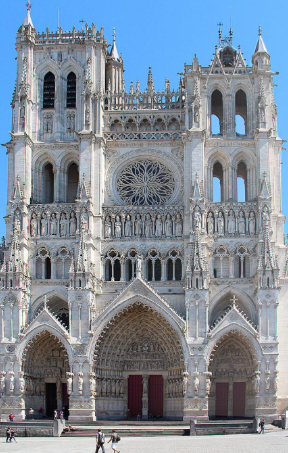
Early English Gothic (ca. 1175-1260)
Canterbury Cathedral, Canterbury, England, 1130-1185
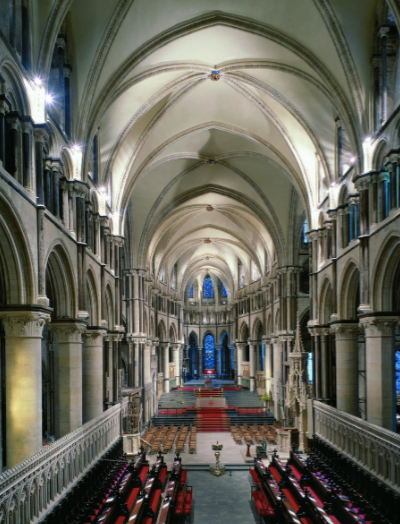
Early English Gothic (ca. 1175-1260)
Lincoln Cathedral, Lincoln, England, 1190-1280
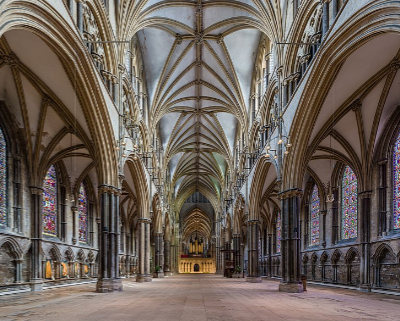
Decorated English Gothic (ca. 1245-1340)
Salisbury Cathedral, Salisbury, England, 1220-1260

Decorated English Gothic (ca. 1245-1340)
Exeter Cathedral, Exeter, England, 1280-1340
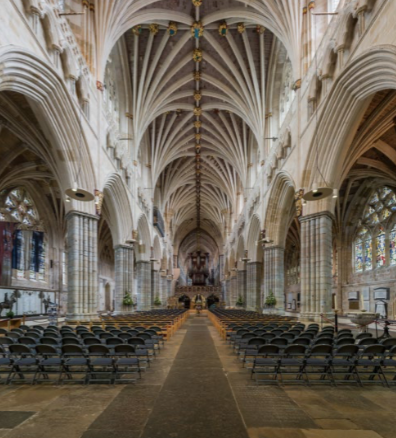
Perpendicular English Gothic (ca. 1320-1540)
Gloucester Cathedral, Gloucester, England, 1220-1450

Perpendicular English Gothic (ca. 1320-1540)
King’s College Chapel, Cambridge, England, 1450-1515
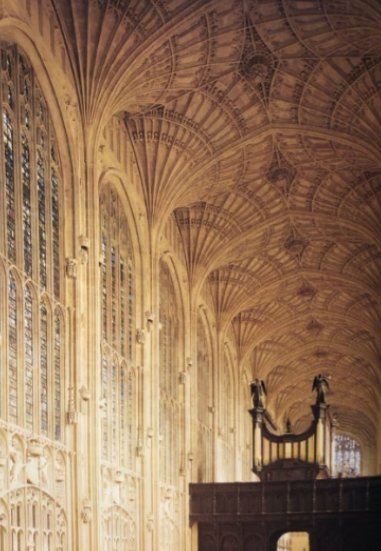
Baray
large man-made reservior example such as Ankor Wat
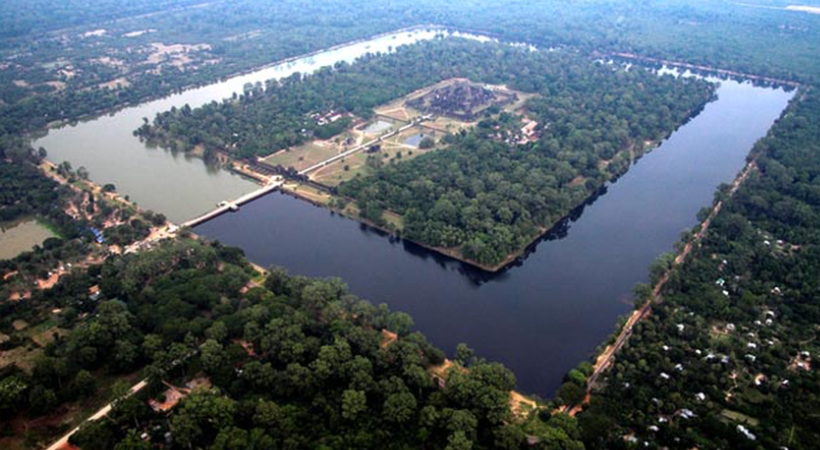
Mandala
disgram composed of circles within a square, serving as meditative device; mandala is the basis of plans of Buddhist and Hindu temples in india and Southeast Asia
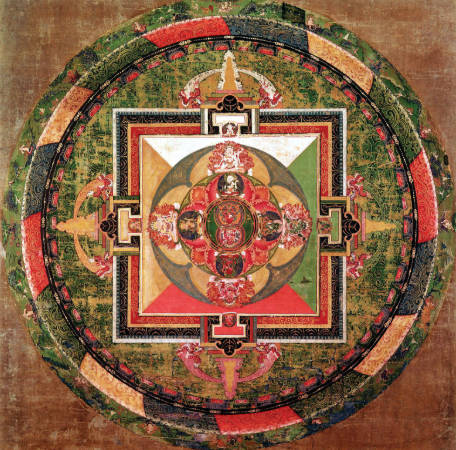
Prasat
Hindu sanctury defind by square cella which houses divinity. It is only accessed by a single door to the east. sanctury towers rise in 5 receded levels the topmost a form of a lotus bloosm

Quincunx
5 points arranged in a cross; the basis arrangement of Hindu temples at Angkor Wat
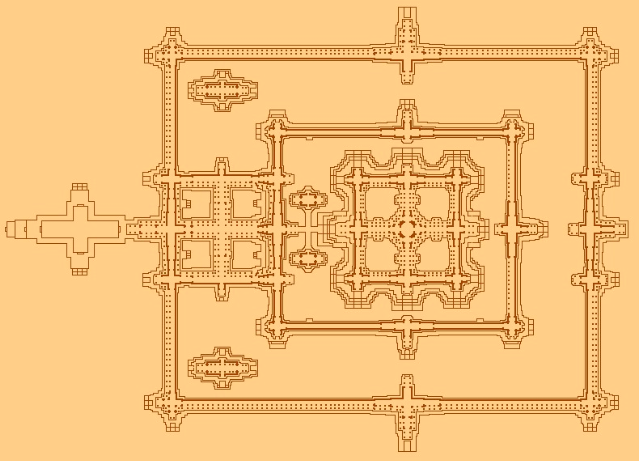
Wat
a Khmer temple

East Mebon, Angkor, Cambodia 950 CE
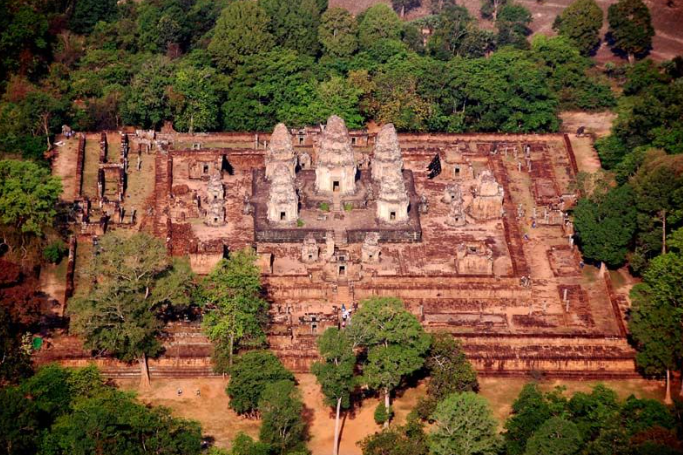
Prep Rup, Angkor, Cambodia 960 CE

Angkor wat, Angkor, Cambodia 1100-1150 CE

Churning of the Sea of Milk, Angkor Wat, Angkor Cambodia 1100 - 1150 CE
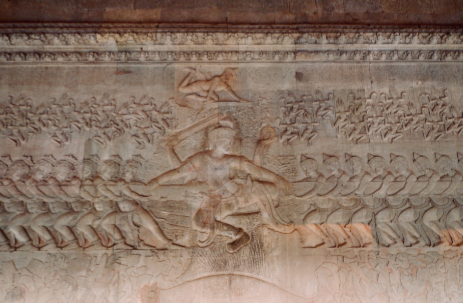
Stupa
a dome shaped structure erected as a buddhist shrine
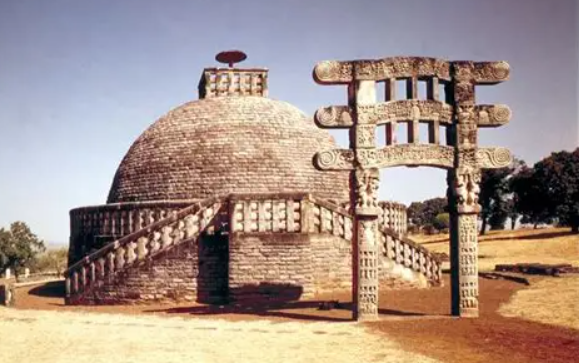
Anda
hemispherical dome erected on a platform and symbolizing the universe; the mound of a stupa
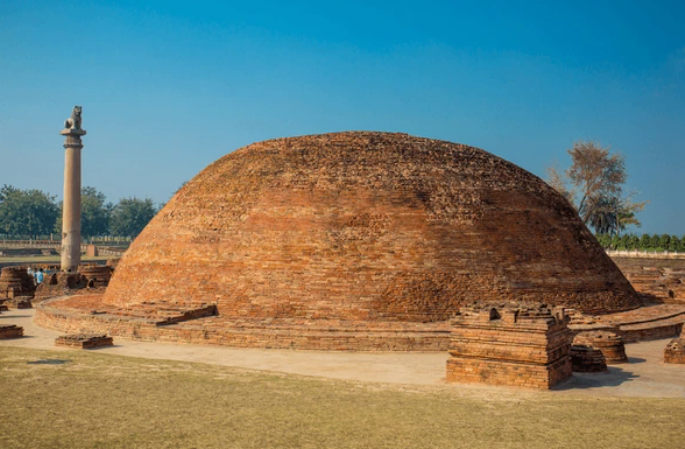
Pradakshina Path
raised path for procession around the Anda
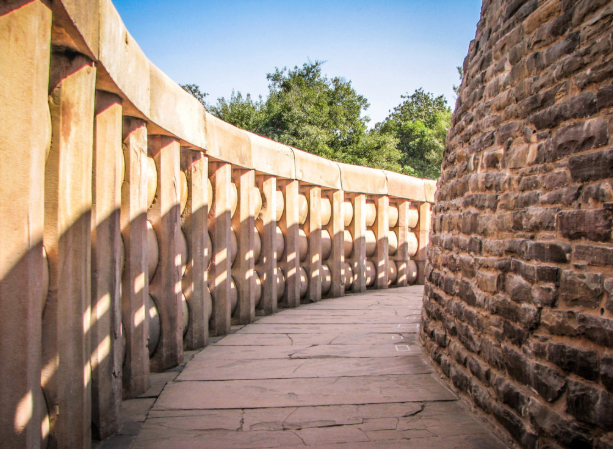
Vedika
Stone railing around the path of a Pradakshina Path symbolizing wooden frames of the ancient Aryans
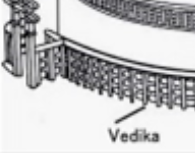
Chattra
umbrella-like form often multi-tiered, was
placed on top of the mast; the ancient Indian emblem of
royalty
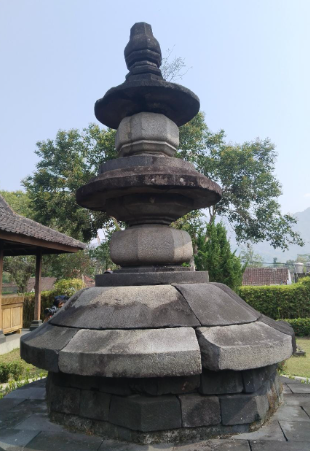
Harmika
cubic receptacle at the top of the dome,
originally holding a relic of the Buddha

Torana gates
provide access to the sacred path at the
cardinal points, modeled on wooden prototypes and
covered with relics depicting scenes in the life of the
Buddha and symbols of his doctrine
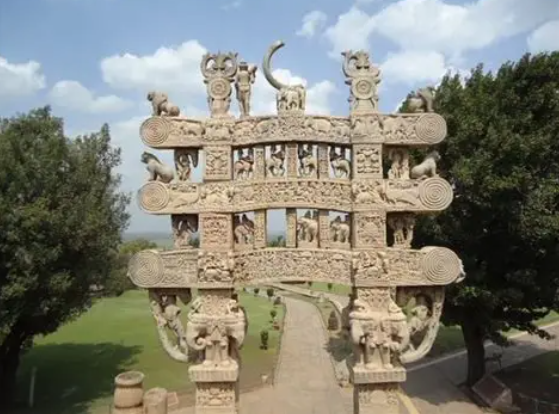
Ashokan Pillar, Sarnath, India, 250 BCE
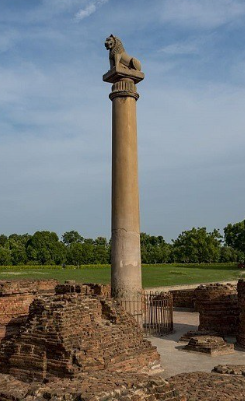
Great Stupa, Sanchi, India, 100 CE (monastery 250
BCE - 250 CE)
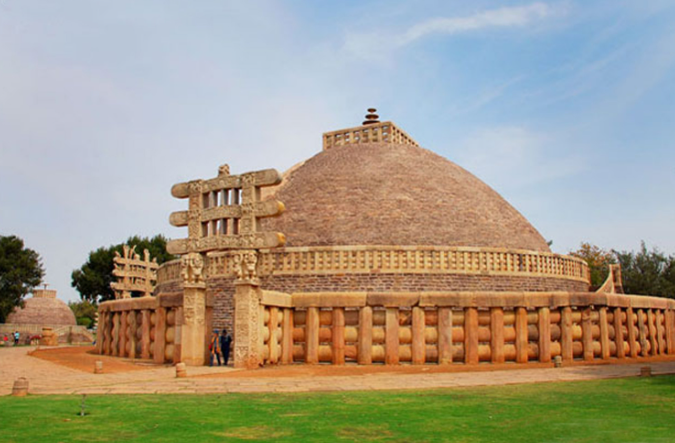
Songyue Pagoda, Dengfeng, China, 525 CE
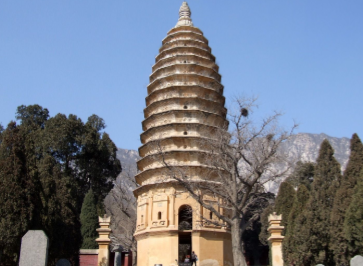
Nanchan Temple, Shanxi, China, 780 CE.
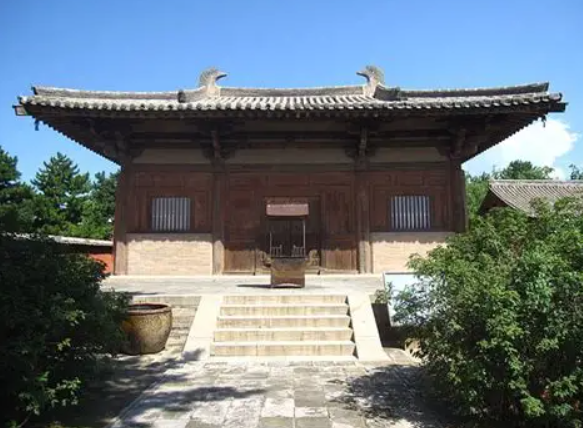
Temple of Borobudur, Central Java, Indonesia, 800
CE
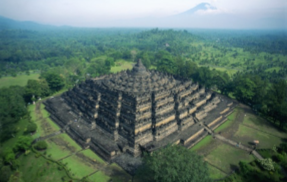
Ise Shrine, Ise, Japan, 690 CE
